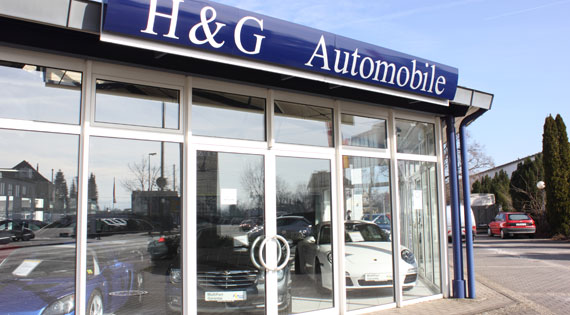H&G Automobile
Your vehicle dealer from Bielefeld
Allow me to introduce myself. My name is Halit Demirtas. I am the owner and managing director of the individual enterprise H&G Automobile.
The name Demirtas has stood for successful car sales for 40 years. I have continued this tradition since I was 18. During my studies at Bielefeld University I gained my first experience as a manager of a car dealership. Since 2012 I have managed my own company – H&G Automobile.
The H&G Automobile Pavilion
My sales area and showroom

At my pavilion you will mainly find (re-)imported new cars with an EU-wide factory warranty and also carefully selected and well-maintained used cars. All my vehicles meet my high quality standards. My customer service follows my principle of transparency, so that I inform you about all process steps during the purchase or sale. Convince yourself of the quality of my vehicles as well as my services and visit me in my H&G Automobile Pavilion in Bielefeld.
